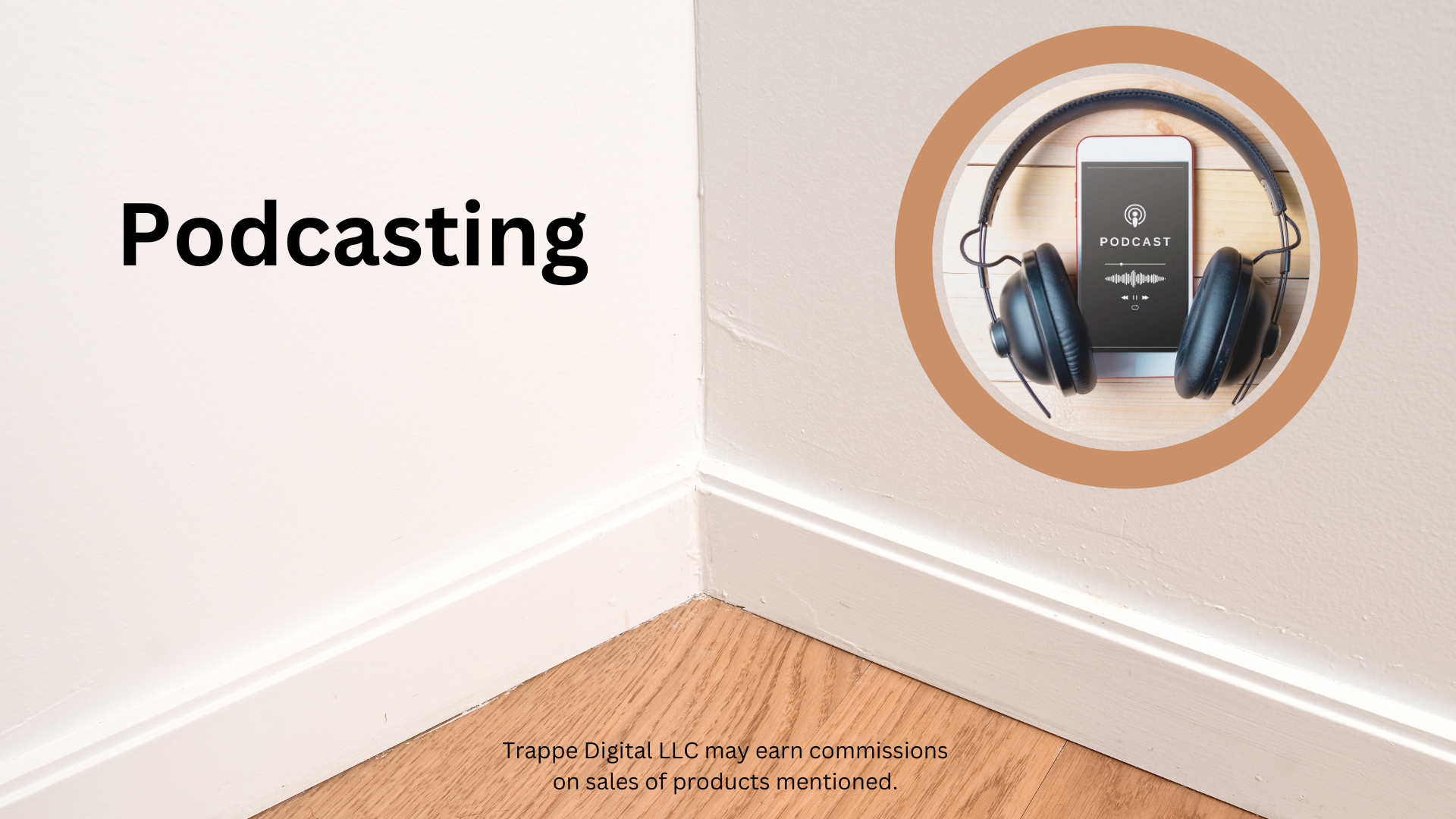Trappe Digital LLC may earn commissions from sponsored links and content. When you click and buy you also support us.
Indeed, I care about content performance and creating cultures that work toward content performance. Podcast metrics also play a role here. After all, we want our podcasts to be found and listened to.
But what podcast metrics should we look at, and how do we know our podcast is a success? Here are some things to consider on the topic.
Sections
What are podcast metrics?
The biggest problems with podcast metrics
How to decide what metrics matter
The case for repurposing
Building community
What are podcast metrics?
Podcast metrics share how many people listen to or watch our podcast episodes. This can include:
- Listens/downloads on podcast channels
- New subscribers/total subscribers
- The total time they watched/listened
- Overall downloads/listens/views of all episodes
- Audience by country
- Podcast impressions
Read next: What’s the difference between podcast listens and podcast downloads?
The biggest problems with podcast metrics
The biggest problem is likely how decentralized metrics currently are. For example, my hosting platform -Spotify for Podcasters – gives me some metrics like:
- Overall listens
- Listens by episode
- Top episodes
- Audience by country breakdown
- Listening platforms
- Podcast impressions on Spotify
I especially like looking at the top episodes metric as it gives me some ideas about what episodes are taking off. Most recently, an episode on LinkedIn newsletters climbed the charts, showing genuine interest in that topic.

To complicate my episodes’ actual performance, I must also remember that I livestream most episodes. So those metrics come from LinkedIn, YouTube, Amazon, Twitter, and sometimes Facebook.
The show is also shown on DBTV network, which is also available worldwide.
I keep track of all these numbers in my media kit as much as possible because that’s a more accurate reflection of the total audience.
Read next: Examples of media kits: Do I need one for my podcast or livestream?
How to decide what metrics matter
What metrics matter – as usual – depends on the goal. Some experts recommend looking at total downloads/listens for the first 30 days after publication. Some networks and podcast hosts even track that for you. But given that I have these additional channels not included in a podcast host’s dashboard, I find the 30-day metric rule cumbersome.
In addition, most of my podcast episodes have timeless content. The Business Storytelling Show isn’t a news podcast. It’s a content strategy podcast. And some episodes take off way later than the 30-day window. Take that LinkedIn newsletter episode. It had some listens early on, then started creeping up into the hundreds, and about two years after it was initially published is closing in on 10,000 listens on podcast channels alone.
So there’s long-term value for podcast content as well. Somehow, we need to account for that. So I look at my overall metrics:
- The number of listens in the last 7 days of all episodes
- How the last episodes performed
- What are some highlights from the livestreams?
- Are any new episodes creeping up into the list of the top episodes?
Read next: How to celebrate a milestone podcast episode
The case for repurposing
Indeed, there’s value in keeping an eye on how your podcast and livestream strategy is performing. Are people watching and listening? But, consider this: What are you doing with the content after the podcast and livestream? For example, I turn many of my episodes into written articles that perform independently.
Without the podcast episodes, I would have never even gotten this content, so there’s value in post-podcast metrics. It’s not easy to collate a podcast strategy’s true impact when it’s part of a truly integrated Create Once, Publish Everywhere Model.
Read next: Content strategy: The importance of good source materials
Building community
Trent Anderson, head of publisher partnerships at Podchaser, said on “The Business Storytelling Show” that we also shouldn’t overthink the numbers out of the gate. Focus on creating a podcast worth listening to and building a community around your listeners. Give them a reason to follow and come back for future episodes.
“You need to convert them from strangers into an audience and from an audience into a community,” he said.
There are ways to attribute some direct conversions from podcasts, also, remember that podcasts can drive customer awareness and impression. To truly gather the impact, ask new customer inquiries where they’ve heard of you.


